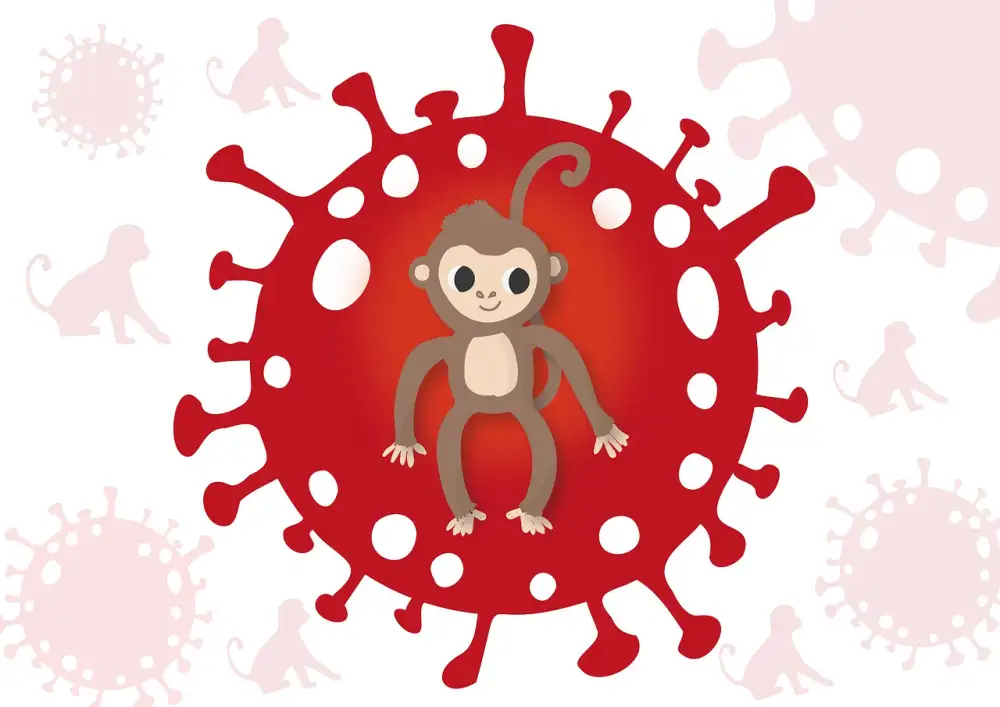Exploring Smallpox: Unveiling Images and Insights on the Disease

Smallpox, a highly contagious and deadly disease caused by the variola virus, has plagued humanity for centuries. With a history dating back to ancient times, smallpox devastated global populations before the advent of modern medicine. The disease spread rapidly through respiratory droplets or direct contact, leading to severe symptoms such as high fever and a characteristic rash that covered the body. Smallpox outbreaks were notorious for their devastating impact on communities worldwide before efforts to eradicate the disease were initiated.
Symptoms and Transmission of Smallpox:
Smallpox is characterized by flu-like symptoms such as high fever, body aches, and fatigue. The hallmark rash appears 2-3 days later, starting on the face and spreading to the limbs. The rash progresses from macules to papules, then fluid-filled vesicles, and finally pustules that scab over. Smallpox spreads through respiratory droplets or direct contact with infected individuals or contaminated objects. Isolation of patients and vaccination are crucial in preventing its transmission.
Smallpox Vaccination and Eradication:
Smallpox vaccination revolutionized the fight against the disease. Edward Jenner, an English physician, developed the first smallpox vaccine in 1796 using cowpox virus. This groundbreaking discovery laid the foundation for modern immunization practices. Global vaccination campaigns led by organizations like the World Health Organization (WHO) played a crucial role in eradicating smallpox by 1980. The success of these efforts highlights the effectiveness of vaccines in controlling and eliminating deadly diseases.
Pictures of Smallpox:
Visual representation of smallpox symptoms through historical images can provide valuable insights into the disease. These images typically show individuals with characteristic smallpox rash, which starts as red spots and progresses to fluid-filled blisters before crusting over. Recognizing these visual cues is crucial for early diagnosis and containment of smallpox outbreaks. By studying these historical pictures, healthcare professionals can enhance their ability to identify and respond promptly to suspected cases of smallpox, preventing its spread within communities.
The eradication of smallpox stands as a monumental achievement in public health history, marking the first and only time a human disease has been completely wiped out through vaccination efforts. This success demonstrates the power of global cooperation and scientific innovation in combating infectious diseases. However, it also serves as a reminder of the importance of remaining vigilant against emerging threats and ensuring widespread access to vaccines for all populations. Let us continue to learn from the lessons of smallpox eradication and work together to safeguard our communities against future health challenges.
Published: 03. 05. 2024
Category: Health



